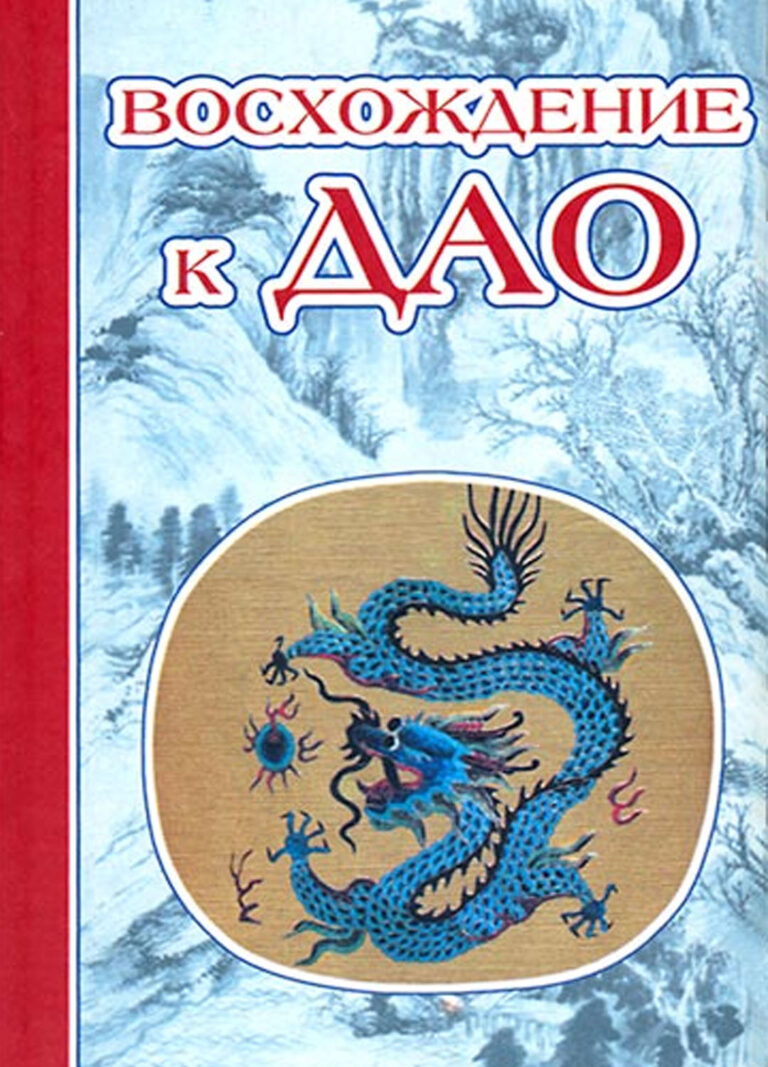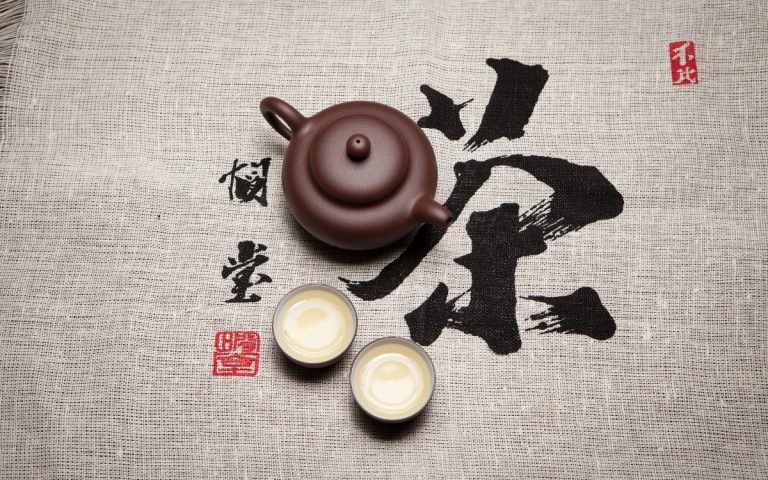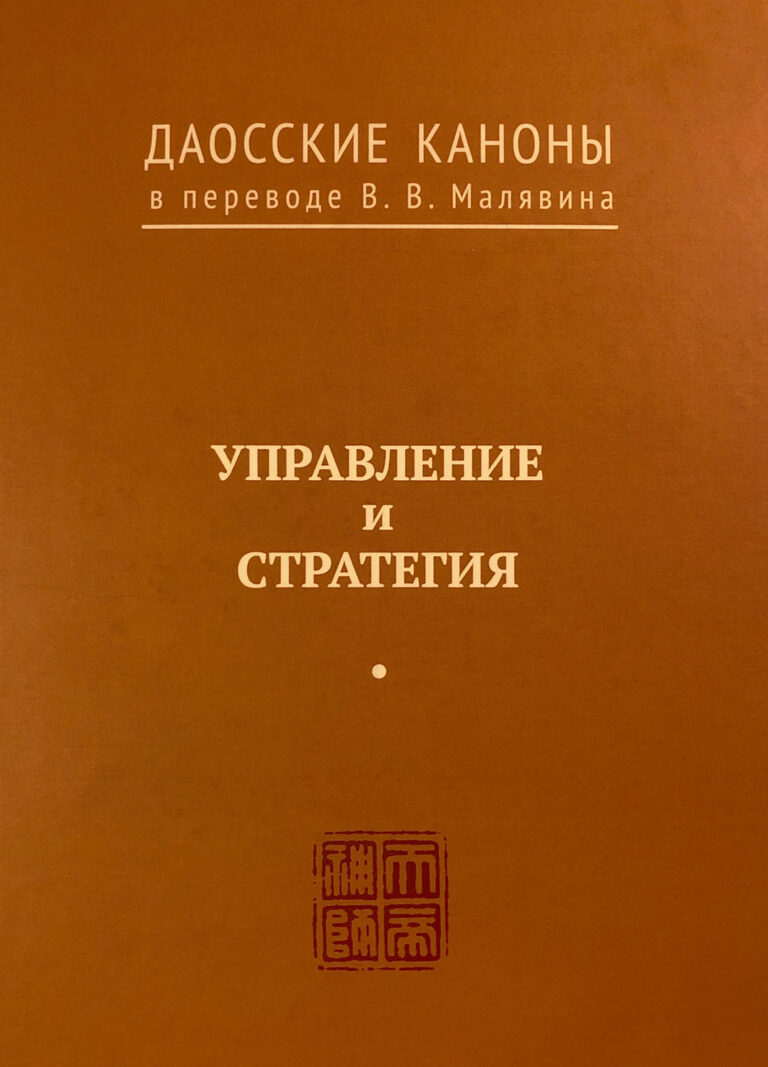HARMONY AND BEYOND
rein to playfulness, the genuine companion to liberation. As Zhuang-zi says, the sage dwells in the house of (synergetic) Oneness while transferring oneself into various “temporary lodgings”.
So, in Chinese thought synergy is the first precondition of man’s humanness. It is based
on the mutual yielding, gentillesse practiced in social ritual and through “overcoming of the egoistic Self” (ke ji, 克己) preached by Confucius. It leads human beings to “personal perfection” (cheng ji, 成己) which goes together with the «perfection of others». The capacity to feel and seize the mutual fulfilment of things was the greatest secret of Chinese sage. It gives the power not so much over the world as within the world. The world comes to full blossom in the desert of a solitary, inimitable, detached even from itself, devoid of any identity and hence personal pride consciousness, which provides everything with fullness of being through abandoning oneself. Finally, there is no gap between love as the measure of human and man as the measure of love.
Turning to the social consequences of synergetic vision, we should notice at once that the so-called “Asian collectivity” has little in common with the Western collectivism of modern times, be it nationalist, communist or liberal. This collectivity is based not on any transcendental principle but rather on the stylistic continuity with its symbolic accessories and connotations. It insists on the efficacy of ritual as stylish action par excellence and it puts particular emphasis on the esthetic qualities of practice. All this means that collectivity in Asia is constructed by persistent stylization, transforming things into types with their everlasting qualities. Every type embodies the “being self-so”. This kind of collectivity transforms society into the “heap of sand”, as Chinese are fond of ironically calling themselves. Yet this is what synergy in social life is: the irresistible force of communicability leading to self-organization. Asian culture of synergy nurtures capacity to be together without fusing into each other or submitting to abstract ideas. Swarming street crowd or co-existence of two or even more sport teams on one playground so common in China are good illustrations of this attitude. The physical appearance of players is only the “shadow” of their inner commonality, it grants no identity. Consequently, there is no reason for conflict. “Emptying” oneself makes one even more sensitive to others, more open to the world.
The essential feature of synergetic community described here is the presence of vertical, anaphoric axis of spiritual growth, the intensification of experience driven by the impulse of self-transformation or, better say, self-fulfillment. In this hierarchical structure power and authority are determined by the level of internal centeredness and, consequently, moral integrity. The real foundation of this society is not common opinions or even values but the effort of self-correction, the search for inner uprightness, which is the sign of utmost sincerity. The spiritual peace of sagely person leads the world to perfection, the generic fullness of existence: this is the chief testament of Chinese tradition. It also affirms human immortality since self-transformation through stylization of behavior and nurturing proper emotional states create everlasting symbolic types out of actual existence.
Sociality created by self-overcoming (in radical Taoist version by self-forgetting) is regulated, like living body, not by objective knowledge but rather by enlightened intuition. Here one gets everything by letting-go everything. It presumes the inevitability of a certain hierarchy since people are never equal in the degree of their sensitivity that goes along with self-forgetfulness. Yet this inequality excludes confrontation and struggle just because the measure of power here is the capacity to give way, to yield, i.e. to overcome individualist tendencies and merge with the Great Transformation (da hua 大化) common to all.
This quest for the “surplus of Being” in spiritual ascension of personality is the most fitting for the small-scaled, informal communities like family or schools of spiritual growth. Yet it also constitutes the psychic correlate of political power. Based on non-knowledge or the limit of all knowledge, the supreme power in East Asia coincides with the immanent force of life. Because of this “subtle coincidence”, it cannot exist without a mystery, arcana imperii. Chinese civilization illustrates all too well how sophisticated the application of this mystery principle can be. The most important feature of its political order is the co-existence of “heavenly” power, unknown and even imperceptible to common people, and the mundane, everyday life of “earthly” community. Both poles cannot be the object of reflection and they do not have any formal, institutionalized relationship. In fact, they are interacting in precisely synergetic manner: self-sufficient, united in separation, abstrusely related in their non-relatedness. Consequently, authority in this synergetic configuration cannot be denied or defied. It precedes representations and invisibly determines the order of things. It is absolute in its right yet follows “the source of transformations”. It is beyond any formal identity or unity.
Once again, we are dealing with the world that hides in its own depth or fold, inhabits the cracks of experience. It is the world seen in the mirror, where everything is its own shadow. It is the utopia of completely ritualized world where all actions follow an absent model, endlessly imitating themselves, forever playful. This is why it possesses an inexhaustible liberating potential.
Today we can observe the unfolding of this civilizational pattern on the global scale in so-called Chinatowns now scattered all over the world. Chinatown is an illuminating example of the “world within a world”: it is surprisingly indifferent to its social environment and existing political regime. Yet it is no less amazingly creative territory of cultural production which constantly produces – almost effortlessly, quite naturally – various imitations, resemblances, “shadows” of Chinese world as well as hybrid cultural forms designed for global consumption. Chinatowns not only reproduce synergetic order of Chinese civilization but also provide a model of possible synergy of civilizations on global scale.
There are solid reasons to believe that synergy can be a fundamental principle of the future pan-asian community or better say commonwealth, which will have a global and essentially a meta-civilizational nature[1], for it will transcend historical limitations of actual cultures. Eastern Asia including Russia is too vast and multi-faceted area to constitute a definite geographical, cultural, let alone political entity. Rather it is a discrete space of singularities, constellations of localities, an eventual co-presence of incompatible forces. Taken as a whole, it looks like an encompassing void allowing for free wandering of scarce and seemingly ephemeral populations whose traces, it is worth to point out, are surprisingly well preserved in material environment. This global system has its specific stages of historical evolution. The first stage corresponds to free interactions between individuals and tribes. Its geographical location is the vast periphery of traditional civilizations, mostly Siberia and Central Asia. The ties of friendship between Russian
[1] For detailed exposition of this project see: В.В. Малявин. Евразия и всемирность (V. Maliavin. Eurasia and globality). Moscow: Ripol, 2015.






